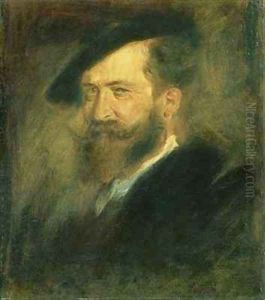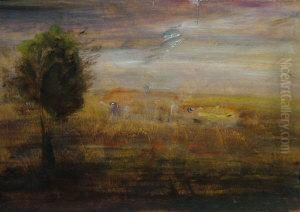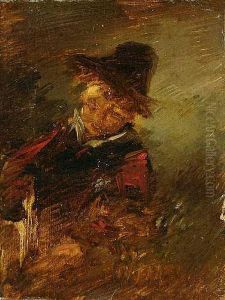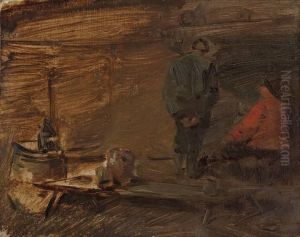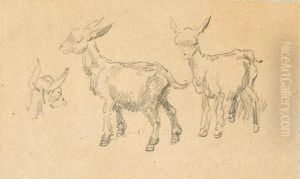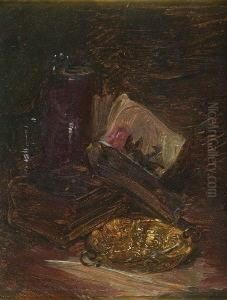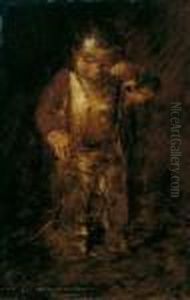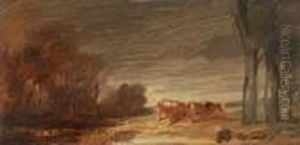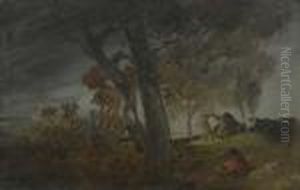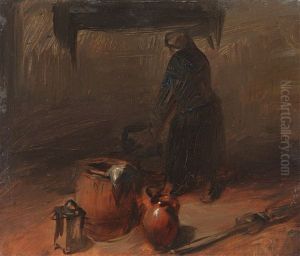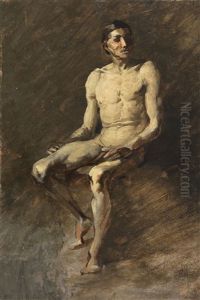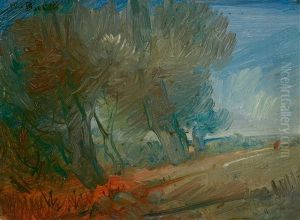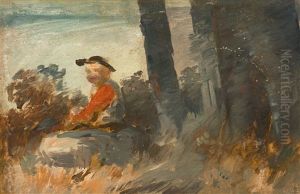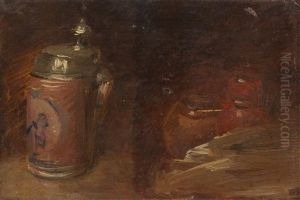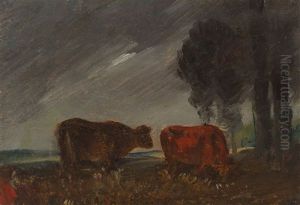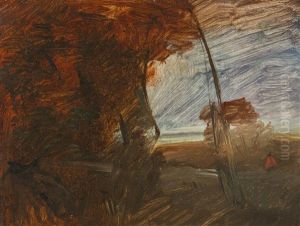Wilhelm Busch Paintings
Wilhelm Busch was a German humorist, poet, illustrator, and painter, best known for his satirical picture stories. He was born on April 15, 1832, in Wiedensahl, a small village in the Kingdom of Hanover, which is now part of Germany. Busch was the eldest son in a family of seven children. His father was a shopkeeper, and his mother came from a farming background.
Busch's artistic talent became evident early in his life, prompting his family to send him to study at the Royal Art School of Düsseldorf in 1851. However, he transferred to the Academy of Fine Arts in Antwerp a year later, and subsequently, in 1853, he moved again to the Academy of Fine Arts in Munich, where he felt more at home and where his work began to reflect his characteristic wit.
Throughout his career, Busch illustrated several textbooks and produced a number of paintings. Nevertheless, it is his humorous graphic stories for which he is most renowned. His best-known work is 'Max and Moritz,' a darkly humorous tale of two mischievous boys, which was first published in 1865. This book is considered a forerunner of the modern comic strip, and its format and rhyme scheme have inspired many cartoonists and animation studios.
Busch's tales often featured social satire and commentary, with a sharp wit that spared no aspect of society. His other notable works include 'The Peasant and the Miller's Boy,' 'Helen Who Couldn't Help It,' and 'Plisch and Plum.' Despite the comedic nature of his stories, many of them carry a grim undertone, reflective of Busch's critical view of society and human nature.
Busch remained a bachelor throughout his life and led a reclusive lifestyle, especially in his later years. He died on January 9, 1908, in Mechtshausen, Germany, where he had lived with his sister's family. Today, Wilhelm Busch is remembered as one of the great pioneers of the comic strip and an important figure in German literature and art. His works have been translated into numerous languages and continue to be enjoyed by readers of all ages.











